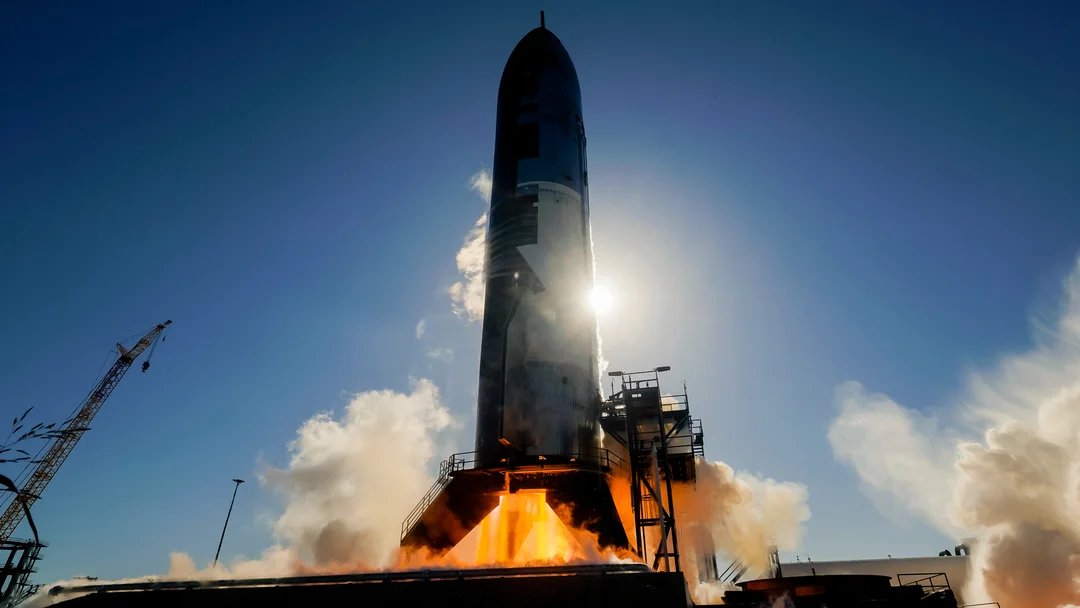
SpaceX Gears Up for Starship’s 9th Test Flight After Regulatory Win and Static Fire Success
After facing setbacks with back-to-back failures, SpaceX is rigorously testing and refining its Starship program, aiming to overcome previous challenges and achieve mission success. The company is gearing up for the 9th test flight of its massive rocket, a pivotal moment for Elon Musk's ambitious space exploration endeavors.
Recent developments indicate a significant push towards the next launch. SpaceX successfully conducted a long-duration "static fire" test on May 12, 2025, at its Starbase site in South Texas. This involved igniting all six of the 171-foot-tall (52-meter-tall) vehicle's Raptor engines for approximately 60 seconds. According to SpaceX's post on X, this vehicle is undergoing final preparations for the ninth flight test.

These static fire tests are designed to simulate the restart of a Raptor engine in space, validating improvements made after previous flight failures. Notably, the vehicle designated Ship 35 underwent multiple attempts to complete a full-duration test-firing, facing an aborted six-engine test before achieving success. Following these tests, Ship 35 was returned to the production site, likely to replace a damaged engine, before being rolled back to the test stand.
SpaceX also recently received key regulatory approval to increase the number of Starship launches from Texas to 25 per year. This approval from the FAA underscores the growing momentum behind the Starship program and allows for more frequent testing and development.
The upcoming launch could be a turning point for both SpaceX and Elon Musk. Previous tests in January and March 2025 ended in dramatic explosions during flight. The similarities between the two failures suggest a design issue with the upgraded "Block 2" version of Starship, which features redesigned flaps, improved batteries and avionics, and a new fuel feed line system for the ship's Raptor vacuum engines.
Key objectives for Flight 9 include demonstrating the satellite deployer and an upgraded heat shield designed to withstand scorching temperatures up to 2,600° Fahrenheit (1,430° Celsius) during reentry. These elements were previously untestable due to the failures of previous missions.
Starship, standing at 403.5 feet (123 meters) tall when fully stacked, is the biggest and most powerful rocket ever built. SpaceX believes that Starship's combination of brawn and reusability will make Mars settlement economically feasible, a long-held dream of company founder Elon Musk.
Will the ninth test flight finally showcase the full potential of Starship and pave the way for future space exploration? Share your thoughts and predictions in the comments below.